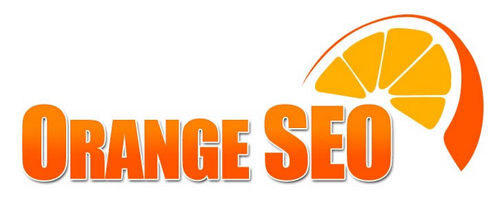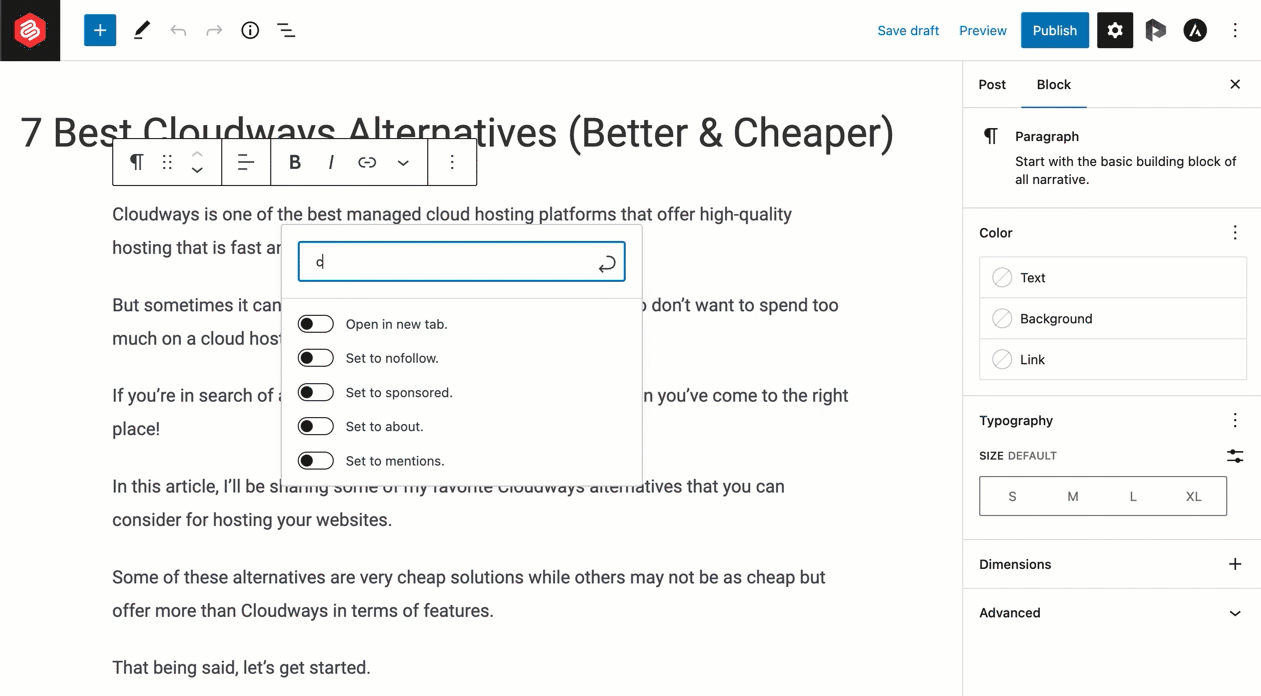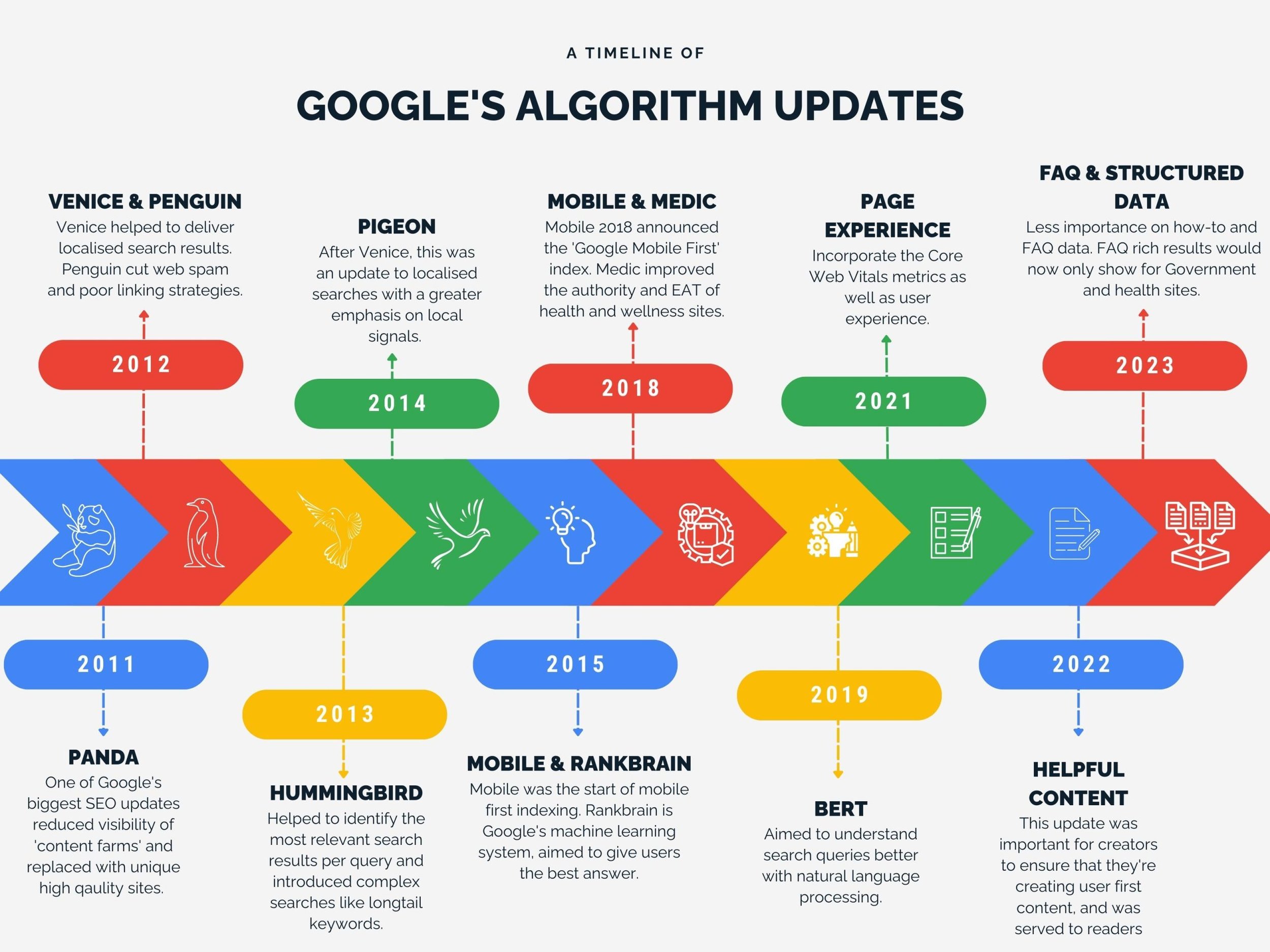In the ever-evolving landscape of SEO, staying ahead of the curve is paramount for online success. Google, the undisputed search engine giant, has made numerous updates to its ranking algorithm over the years. While external factors like backlinks and content quality have traditionally held significant sway, internal linking is steadily emerging as a vital factor in determining a website's search engine rankings. In this article, we will explore why internal linking has become more important to Google and how it impacts your site's overall SEO strategy.
What is Internal Linking?
Internal linking is the practice of linking one page on a website to another page within the same domain. These links allow users to navigate through a site seamlessly and provide context for search engine crawlers, helping them understand the website's structure and hierarchy. Internal links can take the form of text links, image links, or navigational menus.
The Shift in Google's Algorithm
Google's ranking algorithm has come a long way since its inception. While external backlinks from authoritative websites were once the primary determinant of a site's credibility and authority, Google now places increased emphasis on the internal structure of a website. This shift in focus can be attributed to several key factors:
Enhanced User Experience: Google aims to provide the best possible user experience, and internal linking plays a crucial role in this. Well-structured internal links help users find relevant information on a website more easily, leading to longer session durations, lower bounce rates, and increased user satisfaction.
Contextual Relevance: Internal links allow Google to better understand the context and relationships between different pages on a website. When content is linked in a logical and coherent manner, it helps search engine algorithms comprehend the topical relevance of the pages, which is crucial for ranking.
Improved Indexing: Properly structured internal links ensure that all pages on a website are discoverable by search engine crawlers. This aids in faster indexing of new content and updates, ensuring that the latest information is considered for ranking.
Distributing Page Authority: Internal links can help distribute authority and link equity across the website. By linking from high-authority pages to others, you can boost the ranking potential of important, yet less authoritative, pages.
Reducing Orphaned Pages: Orphaned pages, or those without any internal links, often go unnoticed by search engines. Implementing internal links helps prevent pages from being 'orphaned,' ensuring that they contribute to the overall site's visibility.
Best Practices for Effective Internal Linking
To take advantage of the growing importance of internal linking, it's essential to follow best practices:
Create a Logical Site Structure: Organize your website's content in a logical hierarchy, making it easy for both users and search engines to navigate.
Use Descriptive Anchor Text: Utilize descriptive anchor text that provides context for the linked page, and avoid generic terms like "click here."
Prioritize Relevant Links: Link to pages that are contextually related to the content of the source page.
Avoid Over-Optimization: While internal linking is crucial, overloading a page with excessive internal links can be counterproductive. Keep it natural and user-friendly.
Monitor and Update: Regularly audit and update your internal links to ensure that they remain relevant and beneficial.
Conclusion
As Google continues to evolve its ranking algorithm, internal linking is increasingly becoming a crucial factor for SEO success. By focusing on the user experience, contextual relevance, and efficient indexing, internal links are now recognized as an essential part of any comprehensive SEO strategy. Embrace this shift, and leverage the power of internal linking to improve your website's ranking, user experience, and overall online visibility. In the ever-evolving world of SEO, adaptability is key, and internal linking is an indispensable tool in your SEO arsenal.
DISCOVER OUR
Content Creation | On-Page Optimization | Backlinking Services




